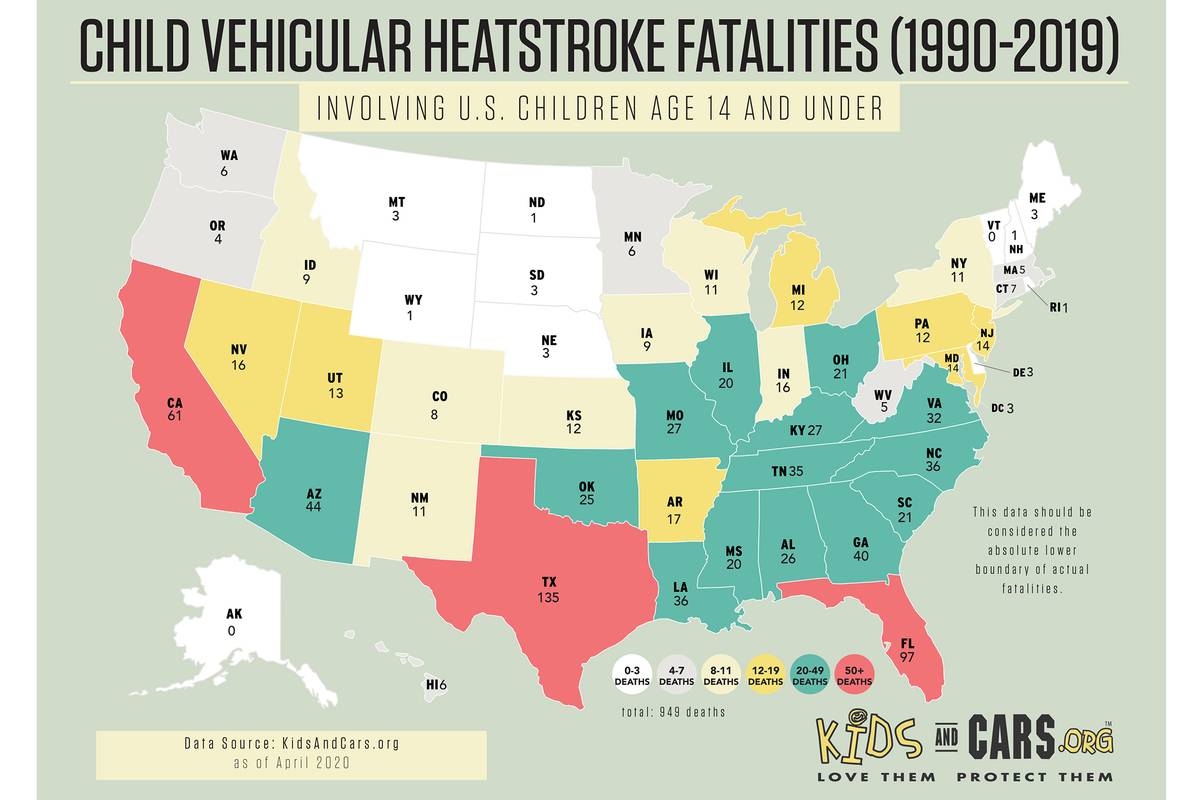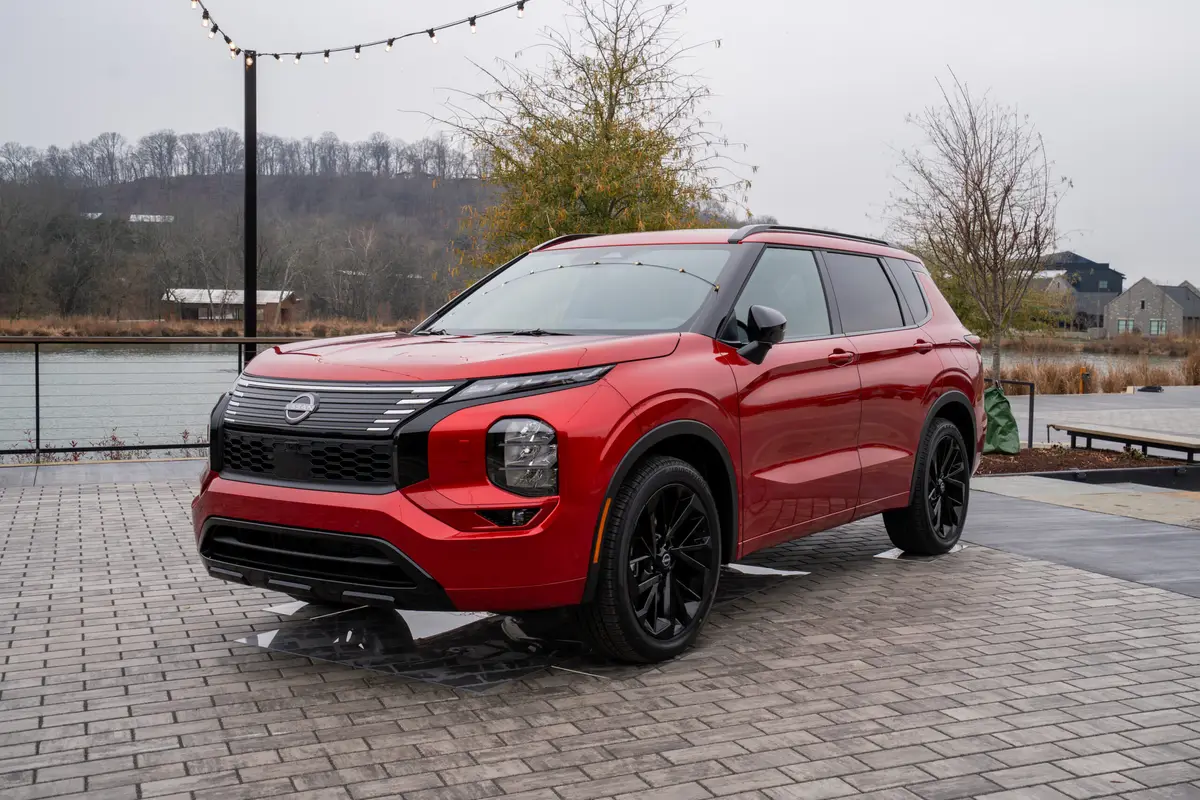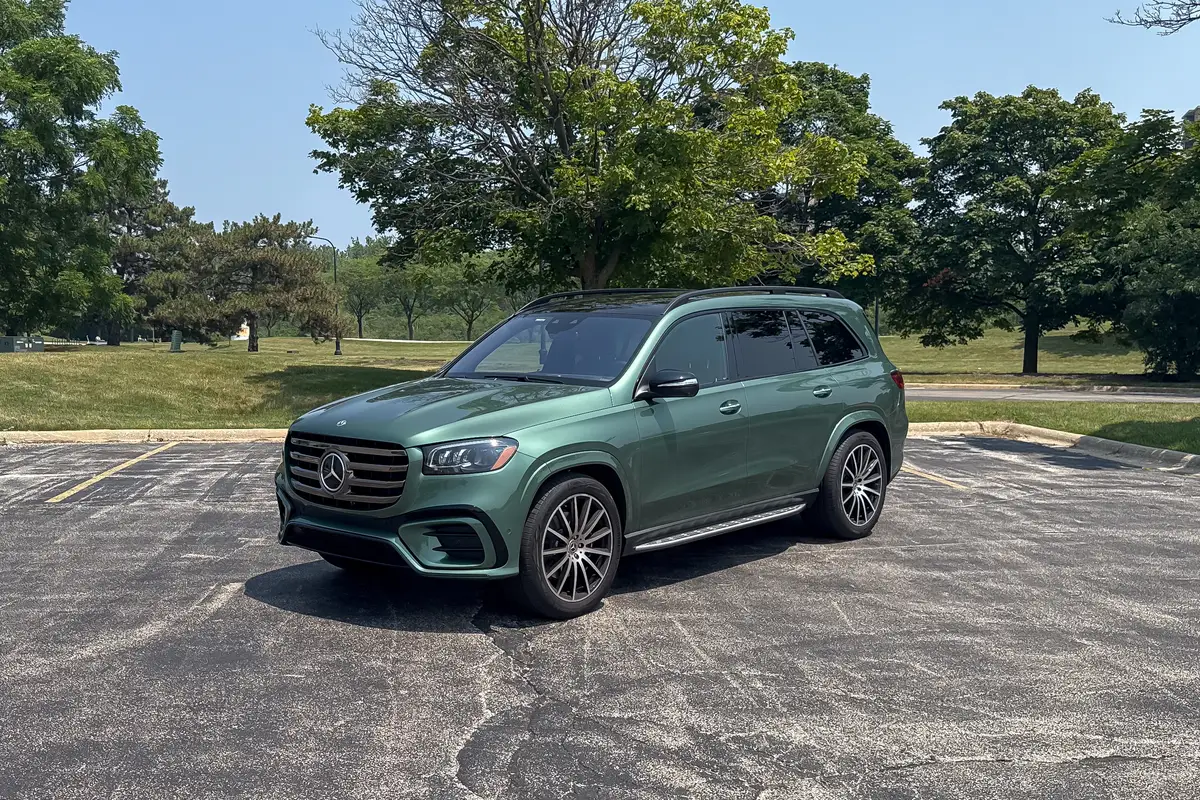Child In-Car Heatstroke Prevention Calls for High-Tech Solutions, Vigilant Parents


The coronavirus pandemic is on everyone’s minds — including parents — but safety advocates don’t want families to lose sight of another pressing health-and-safety issue: in-car heatstroke deaths. Today is National Heatstroke Day and, so far this year, six children have died in hot cars, according to the National Highway Traffic Safety Administration.
Related: I Sit in the Hot Seat to Demonstrate Children’s In-Car Heatstroke Risk
- ${price_badge()}
- ${ami_badge()}
- ${battery_badge()}${ev_report_link()}
- ${hot_car_badge()}
- ${award_badge()}
- ${cpo_badge()}
${price_badge_description}
${ami_badge_description}
The EV Battery Rating is based on this vehicle's current expected range relative to the vehicles expected range when new. ${battery_badge_text}
This vehicle is certified pre-owned, backed by a manufacturer warranty, and typically undergoes a rigorous multi-point inspection to ensure quality and reliability.
This vehicle is currently in high demand given its competitive price, desirable features, and overall condition, and may have a higher chance of selling quickly.
Shop the 2020 Hyundai Palisade near you


With most kids’ summer camps canceled because of COVID-19, it may be more important than ever to make sure your car doors are locked, preventing otherwise unoccupied kids from playing inside and becoming trapped. According to Jan Null of the Department of Meteorology and Climate Science, 25.2% of hot car deaths are due to a child entering the vehicle without parents’ knowledge — which was the case when a 4-year old in Houston was found dead in April.
The majority of cases, however, are due to caregivers forgetting the child in the car. Null’s website, NoHeatstroke.org, has tracked 855 heat stroke fatalities since 1998 and found that 2018 and 2019 have had the highest number of deaths. Child-safety advocates like Safe Kids Worldwide and KidsAndCars.org are warning parents to pay attention to this alarming trend, and urging automakers and lawmakers to help stop it with technology.
Federal Mandate Vs. Voluntary Action
Safety advocates have spent years urging federal action on a safety standard that would require new cars to be equipped with technology to detect a child trapped inside a hot car, but progress on such a mandate has been slow. Proposals like the Helping Overcome Trauma for Children Alone in Rear Seats (HOT CARS) Act have stalled. It mandates that all cars be equipped with technology that alerts drivers when a passenger remains in the backseat after a car is turned off.
Many automakers, however, are committing to adding a feature that could help. The Alliance of Automobile Manufacturers and the Association of Global Automakers, members of which together account for nearly all vehicles sold in the U.S., have agreed to add rear-seat reminders to their vehicles by no later than the 2025 model year.
Some automakers already have, though the systems aren’t all standard and some are more advanced than others. For example, GM offers the Rear Seat Reminder system that uses a chime and a message in the instrument panel to alert the driver to check the backseat if the rear doors were opened at the start of a trip. Similarly, Nissan’s Rear Door Alert system will honk the horn several times to get the driver’s attention if the rear doors were opened at the beginning of the trip but not at the end. These systems use door sequence logic to infer something is left behind rather than detect a forgotten child.
For Janette Fennell, founder and president of KidsAndCars.org, the voluntary action doesn’t go far enough.
“There is no way to enforce an industry ‘voluntary agreement’ and no minimum performance requirements will be issued to ensure the safety and effectiveness of systems used,” she said in a statement.
Fennell and other safety advocates say systems like these would not address the more than one-fourth of hot car deaths in which children gain access to vehicles on their own.
“In order for a system to be effective and comprehensive, the system must be able to ‘detect’ the presence of a child, not just ‘infer’ that there ‘might’ be one,” she said.
More Sophisticated Systems Needed
One of Hyundai’s two systems fits that definition, but it’s in the minority. Its Ultrasonic Rear Occupant Alert system uses sensors to monitor the backseat for movement; it will alert the driver via the instrument panel by honking the horn, flashing the lights and sending an alert to Hyundai’s app. The automaker said it’s voluntarily making a lesser system — one that uses door sequence logic — standard on most of its new vehicles by 2022, but the smarter movement sensor system will remain available equipment, not standard; it’s currently only on the Sonata and Sonata Hybrid sedans and Palisade and Santa Fe SUVs.
“The only thing more tragic than a child or animal dying in a hot car is knowing that there are solutions that exist that could prevent this and they aren’t being utilized. By not using available technology, we are shamefully allowing this to happen over and over again. The price of inaction is the life of children and that is simply unacceptable,” Fennell said.
Education and Vigilance
Until these systems are federally mandated or more widely available, advocates urge parents to step up their vigilance and educate themselves on what heatstroke is and how quickly it can happen.
According to the Mayo Clinic, heatstroke is caused by prolonged exposure to high temps and occurs when a person’s body temperature rises to 104 degrees or higher. Children’s internal temperatures can reach 106 degrees in just 15 minutes, according to the Centers for Disease Control and Prevention. Signs of heatstroke include nausea or vomiting, flushed (red) skin, racing heart rate and skin that’s hot but dry to the touch. Someone with symptoms of heatstroke requires emergency medical attention.
Safe Kids Worldwide urges parents to “ACT” to prevent heatstroke deaths:
1. Avoid heatstroke-related injury and death by never leaving a child alone in a car, not even for a minute. And make sure to keep your car locked when you’re not inside so kids don’t get in on their own.
2. Create reminders. Keep a stuffed animal or other memento in your child’s car seat when it’s empty, and move it to the front seat as a visual reminder when your child is in the backseat. Or place and secure your phone, briefcase or purse in the backseat when traveling with your child.
3. Take action. If you see a child alone in a car, call 911.
More From Cars.com:
- High-Tech and Low-Tech Ways to Help Parents Prevent In-Car Heatstroke
- Major Automaker Groups Agree to Add Rear-Seat Reminder to Cars By 2025
- Hot Cars Kill Year Round
- Child Passenger Safety Tips for Your Precious Cargo
- Find Your Next Car
Cars.com’s Editorial department is your source for automotive news and reviews. In line with Cars.com’s long-standing ethics policy, editors and reviewers don’t accept gifts or free trips from automakers. The Editorial department is independent of Cars.com’s advertising, sales and sponsored content departments.

News Editor Jennifer Geiger joined the automotive industry in 2003, much to the delight of her Corvette-obsessed dad. Jennifer is an expert reviewer, certified car-seat technician and mom of three. She wears a lot of hats — many of them while driving a minivan.
Featured stories



